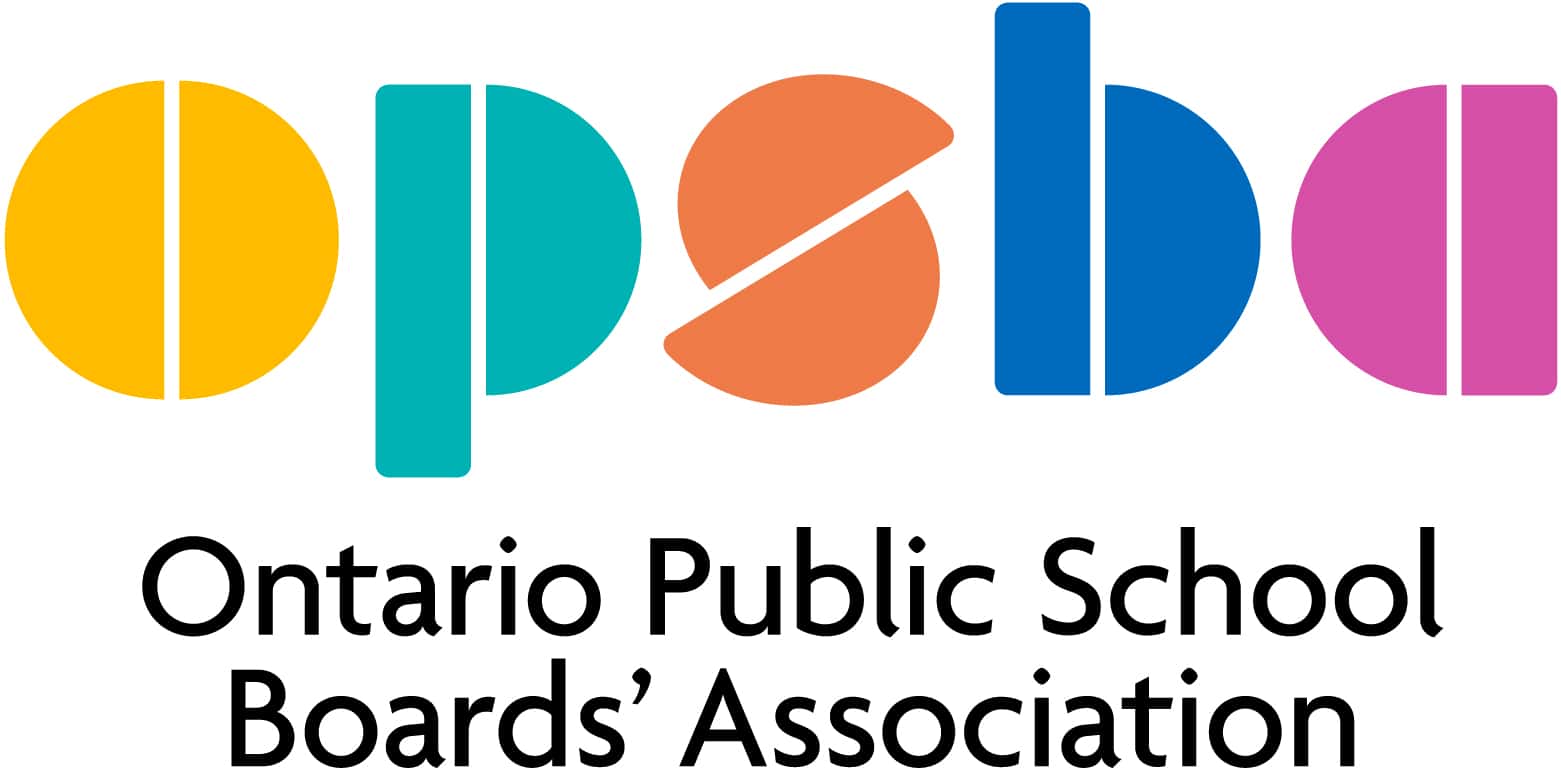Should Students Be Proactive About Their Education?
By Dasha Metropolitansky
The “dab” is the latest strangely named dance craze sweeping the Internet. Dab enthusiasts describe their beloved dance move as deceptively simple: it involves simultaneously bowing the head while lifting the right forearm as if sneezing. The dab is the star of a Twitter post that recently went viral. A college student named Anicca Harriot took a photo in which she was dabbing, and then calculated her arm’s angle using basic trigonometry. Her photo has been retweeted more than 23,000 times, inspiring users to discuss a dab’s optimal angle and to calculate the area under her arm. The more interesting question, however, is, Why did this post go viral? What did thousands of strangers find so fascinating about a student’s simple mathematical calculation of a popular dance move?
Most young people have an innate desire to learn more about the world around them and to see that knowledge applied in tangible ways. Teachers will undoubtedly recognize this fact; most have had numerous students pose the question, “When will I ever use this in real life?” Sometimes it’s difficult to give a convincing answer. The reality is that after graduation, most students will never use trigonometry or need to recall Britain’s allies during the Second World War. What students don’t understand, however, is that this seemingly ubiquitous benchmark of real-world relevance isn’t necessarily the optimal — or even a desirable — metric by which to determine the utility of learning. And even if it were, teachers shouldn’t always make it obvious to students why what they’re learning is “useful.”
The overarching purpose of the education system is to prepare students for life after school. Educators should aim to instill a sense of autonomy in their students. This is the capacity not simply to provide for oneself, but also to think critically, make informed decisions and create change. This notion intuitively seems at odds with the education system’s top-down structure: school in its most primitive form involves students listening to lectures from authorities who instruct them on how to think and act. There doesn’t seem to be much room for autonomy in a system that is so structured, standardized and hierarchical.
In fact, proactivity is the prerequisite to independence. Students need to reflect constantly on how they can maximize the value of what they are being taught. At some point in most students’ education, we hear something in class that truly resonates with us. My own epiphany occurred when my history and psychology classes overlapped; we had a lesson on Nazi Germany in one class, and in the other, we discussed the causes of discriminatory behaviour. This was impactful because I realized that I needed to be mindful of any preconceived biases I may harbour, given that I interact with individuals who represent a multitude of ethnicities, religions, sexualities and walks of life. But no student should have to wait for their education to suddenly become meaningful — instead, we need to find this meaning ourselves.
To answer the question I posed in the beginning, innate curiosity and search for meaning caused the trigonometry dab post to go viral. The fact that someone had discovered a real-world, albeit comical, application of a mathematical concept that many students struggle to find interesting is what captivated thousands of people. While teachers should certainly guide students along a path of exploration, only the students themselves can determine the meaning and value of what they learn.
Dasha Metropolitansky is a Halton District School Board student trustee, president of the public board council of the Ontario Student Trustees’ Association — l’Association des élèves conseillers et conseillères de l’Ontario and a member of the Canadian National Debate Team.

